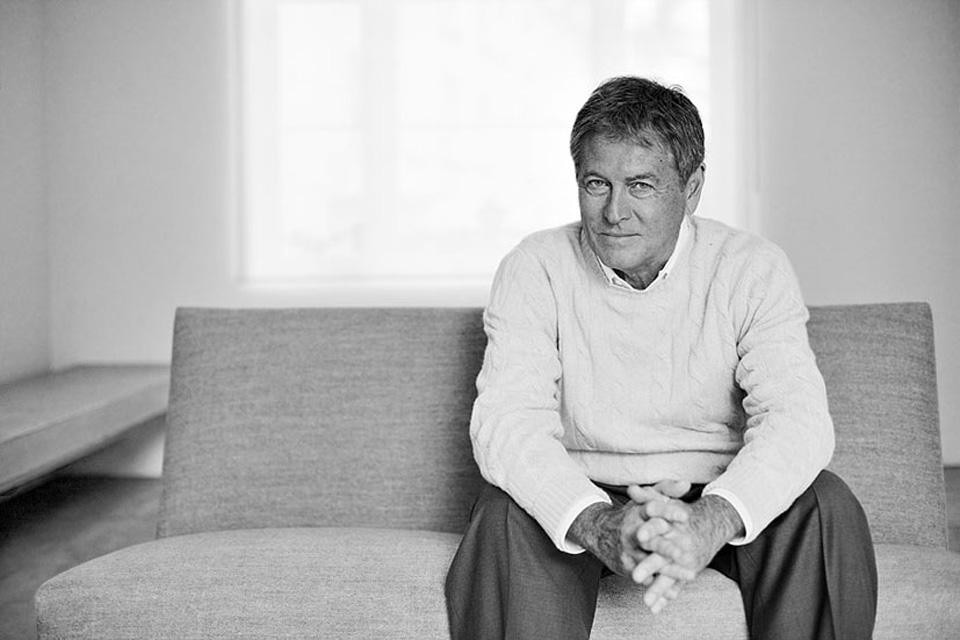John Pawson has been defined as the father of minimalist architecture. His approach to space has caught everyone’s attention: from Calvin Klein to three communities of monks, the celebrated writer Bruce Chatwin, Kew’s Royal Botanic Gardens and Ian Schrager, the inventor of the Boutique hotel.
His architecture is based on the pursuit of spatial clarity and on an understanding both of how difficult it is to be simple and how important it is to take care of every detail of a project.
I myself have a powerful personal memory of experiencing the extraordinary physical environment created by Pawson for Chroma, a one-act work by the choreographer Wayne McGregor, which premiered at the Royal Opera House in London in 2006. Pawson’s design used the architectural motifs of inside and outside, entrance and exit, light and shadow, emptiness and plenitude, to create a spatially charged environment which the dancers explored through their bodies.
Although the set was static throughout the 25 minutes running time of the piece, the space was subject to radical transformations through the changes of the conditions of the light. It changed my ideas of what it was possible to achieve within the very particular constraints of stage design.
At the same time as Pawson was creating the Chroma scenography, he was working on the design of two yachts, the B60 Sloop and the 50-metre Baracuda for Perini Navi, for shipowners who understood the potential to translate Pawson’s distinctive spatial poetics into the very particular circumstances of ocean-going vessels. And now, more than a decade later, Pawson is returning to water with the Sanlorenzo shipyard for the development of a new metal superyacht over 40 meters.
Since the beginning, all of Pawson’s work has sprung from an attitude towards space, surface, proportion and light and the idea of achieving a state of simplicity through reduction. It has always been important to him that every project, whatever its scale, expresses all thought - from the design of an entire Cistercian monastery to the modest dimensions of a knife or plate.
His creative process is grounded in the act of repeatedly paring down until he reaches the point when no improvement can be achieved by further refinement. When the visual field has this clarity, everything placed within it contributes to or detracts from the quality of spatial intensity: everything - not simply the more obvious architectural components of a room - becomes a vehicle for generating atmosphere.
Opening image: John Pawson, photo Orla Connolly


